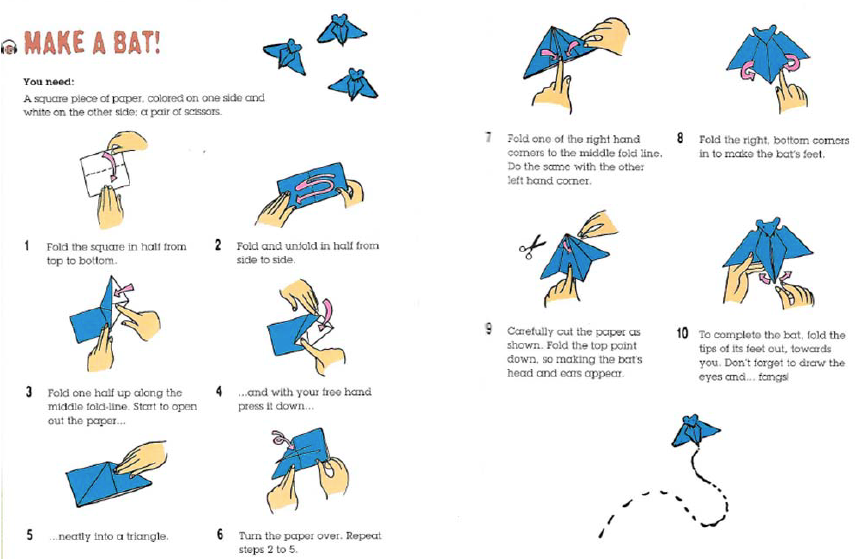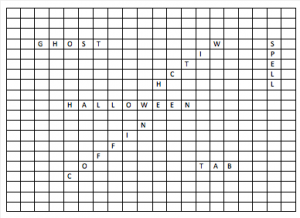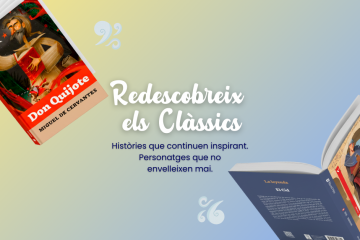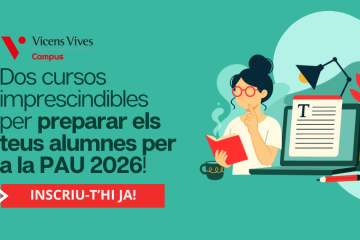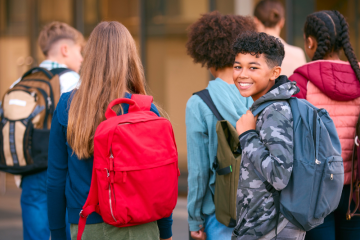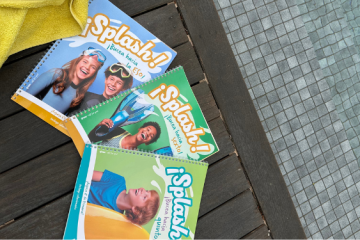Why didn’t the skeleton go to the ball?
He had no body to go with!!!
Yes, it’s that time of year and we’ve conjured up some LAUGH/ READ/DO Halloween activities for your ELT classrooms.
Halloween: Laugh!
Give your students the first line to the following jokes. The punchlines to each joke are stuck separately around the room. The students have to race round in pairs and find the punchlines to each joke. They have 5 minutes. The team with the most correct jokes at the end wins, but hopefully everyone will laugh! They can then vote for their favourite joke.
 What do witches eat on the beach? Sandwiches.
What do witches eat on the beach? Sandwiches.
What is a ghost’s favourite food? I scream!
What does a skeleton say before dinner? Bone appetite!
What do you get if you cross a duck with a vampire? Count Quackula.
How do monsters like their eggs? Terri fried.
What kind of footwear does a ghost wear? BOO OO OO ts!
Why did Dracula take medicine? To stop the coffin.
What do witches ask for in a hotel? Broom service!
Who is the most famous skeleton detective? Sherlock Bones.
What do birds say at Halloween? Twick or Tweet.
Halloween: Read!
Why not introduce your class with a short reading text. Your students no doubt love this popular festival but do they know the origins of this festivity of fear and fun? Have a quick brainstorming session: Why do we celebrate Halloween on 31st October? Why do we wear fancy dress? Why ghosts and ghouls? Then give the students the following short text: The orgins of Halloween.
 Halloween has Celtic origins. The Celtic calendar was in two parts: summer and winter. Summer was from May to the end of October, and winter was from November to the end of April. The ancient Celtic festivity Samhain celebrated the end of the year: the start of winter. It began on the evening of October 31 and continued until the next day.
Halloween has Celtic origins. The Celtic calendar was in two parts: summer and winter. Summer was from May to the end of October, and winter was from November to the end of April. The ancient Celtic festivity Samhain celebrated the end of the year: the start of winter. It began on the evening of October 31 and continued until the next day.
Druids were Celtic priests. On October 31 they performed religious rituals and talked about future events. The Celts believed that ghosts, witches and evil spirits entered the body of a person or animal. They wore frightening costumes and made big fires to send them away. (GINA D.B.CLEMEN. British and American festivities. Ed. Black Cat, 2017).
Shortened texts like this provide a great source of material for class activities.
- Reading: Stand up/Sit down. After the students have read the text, give information about Halloween where students have to stand up if the information is true and sit down if the information is false. For example, The Celtic calendar was in 2 parts. All the students stand up.
- Pairwork: Information gap. Both students have the text. Student A has gaps in the first paragraph of the text and Student B has gaps in the second. Each student has to ask their partner questions to complete their missing information.
What was the Roman influence on Halloween? Why do we make lanterns? Where does “Trick or Treating” come from? Take a look at British and American festivities to find out more about Halloween and other British and American festivals.
Halloween: Do!
Make a bat with your students! Read out the instructions to your students and make the bats together. For a great Halloween story and more activities like this, take a look at Halloween Horror. (GINA D.B.CLEMEN. Halloween Horror. Ed Black Cat, 2017).
Halloween: Wordsearch!
Elicit from the students all the vocabulary they know. If necessary, provide more words and write them on the board. For example:
Halloween pumpkin ghost skeleton zombie bat
werewolf witch broomstick spell phantom coffin
Ask the students to make a 20 by 20 square grid. They then write in all the words in various directions. When they have written all their words, they complete the remaining squares with any letter so that all the squares are full.
They then swap word searches with their partner and look for the words on their new wordsearch.
Celebrate Halloween with a spooky book from the Black Cat readers catalogue!
If you would like more suggestions for classroom activities, you might be interested in Take a look at some of our Vicens Vives Book Club ideas.

